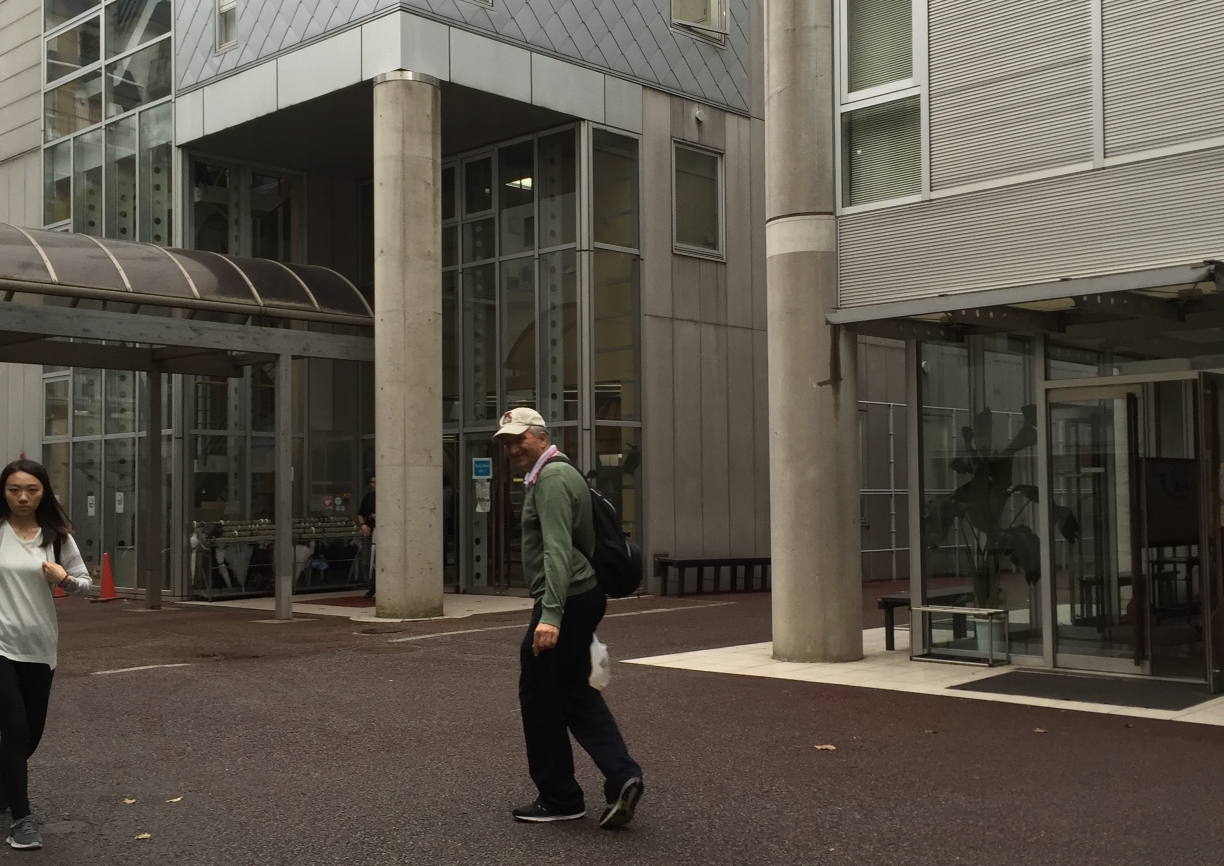
Returning to Tokyo from a week back in Los Angeles is a good time to reflect on how we are getting along with the Japanese language. 何かを習いましたか (nanika o naraimashita ka – have we learned anything?)
The Naganuma School intensive course is living up to its name. We have studied hard. It is, however, difficult to tell how we are doing, because progress is necessarily incremental. (Incremental is a fancy word for slow, we think.)
So what constitutes progress? Communication in a developed language generally involves four elements: Speaking, listening, reading and writing. Japanese presents major challenges for Western learners in particular because it has little in common with anything we are used to. Even when Japanese borrows words from English and other European languages, it often changes them in ways that are not immediately obvious. (See Tea Time, Springtime.)
We’ve probably made the most progress in speaking and writing, because there we control the process. We need to learn 2,000 Kanji, which takes years rather than months, but we can often decipher Kanji, especially online, with the help of a site like www.furiganizer.com, which gives both phonetic readings and, if we want to peek, translations. For signs and Kanji we meet in the real world, if it’s critical or merely to satisfy our curiosity, the Google Translate app on our phones allows us to scan and recognize Kanji. Writing Kanji is also not as hard as you might think because of how virtual Japanese keyboards work, where they will suggest Kanji if you can spell the word phonetically. So Kanji, as hard as it is and as much as we need to improve, is not our biggest problem.
For us, the hardest by far is understanding the spoken language. Japanese people speak quickly, to our ears, and Japanese has so many homonyms that processing them, even when we know the context, can be a big challenge. If we process speech too slowly, we may get the first part of a sentence but actually don’t hear the second part of a sentence – a problem in a language where verbs pile up at the end of the sentence.
So what can we do now? Well, we can have basic conversations, especially if we can persuade people we talk to to respond slowly. Gestures, occasional English-sounding words and animated facial expressions also help. In person communications are much easier than phone calls.
We have also found that we can watch Japanese video with subtitles and realize we knew some, and occasionally a lot, of what we just heard. This will prove invaluable in improving comprehension, especially of normal spoken Japanese, as opposed to the highly formal and grammatical usage we are taught in school. On that score, we occasionally get told by Japanese people that our Japanese is too perfect – perfectly absurd, of course – but we get their point. We sound like walking textbooks.
An interesting test approaches. Our beloved Los Angeles teacher Hiromi is coming to visit her parents in Yokohama and we will be meeting them all. Hiromi, of all people, will be able to gauge how we are doing. If her opinion is not unduly humiliating – well, even if it is – we will report back in this space.
